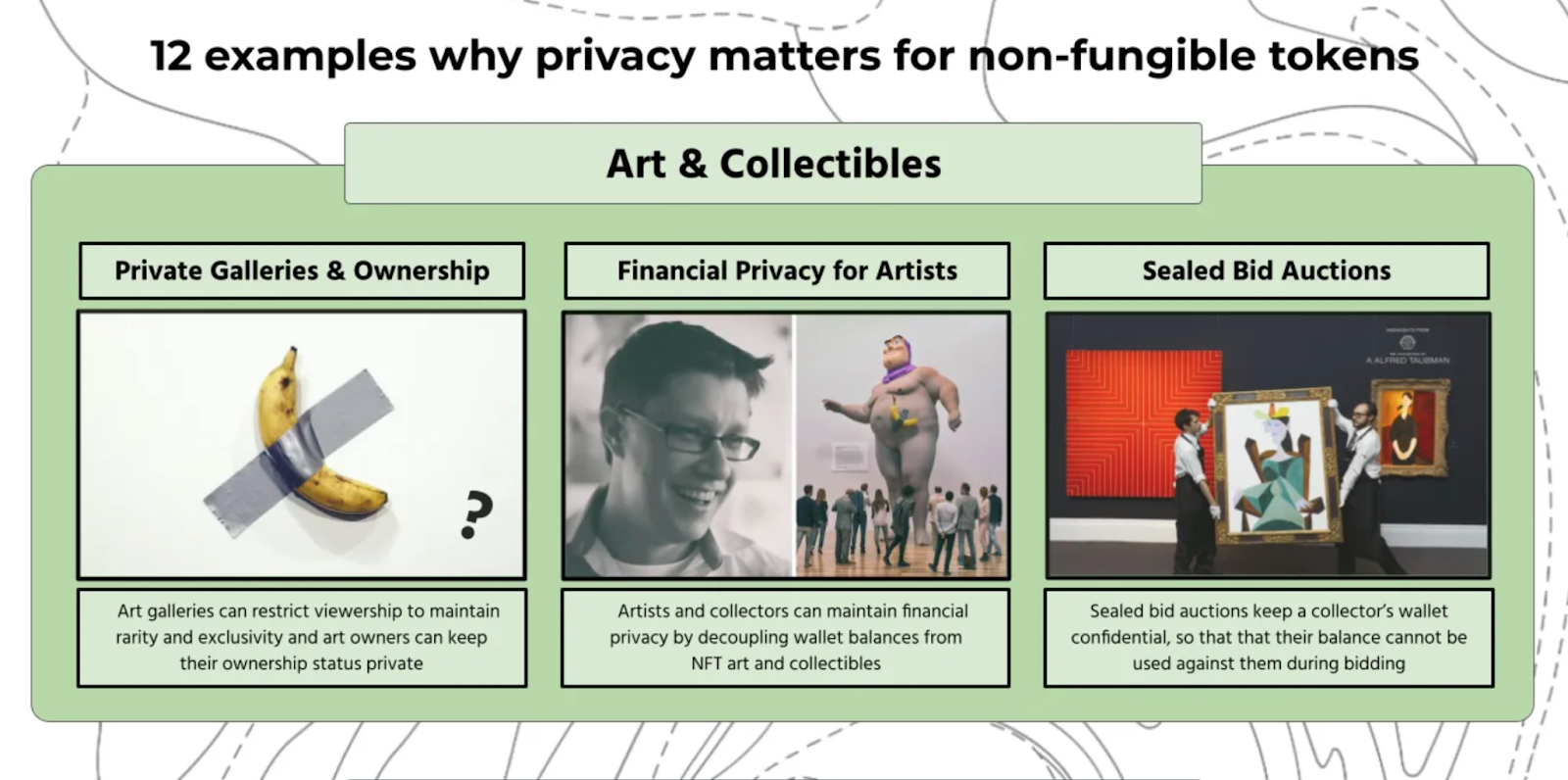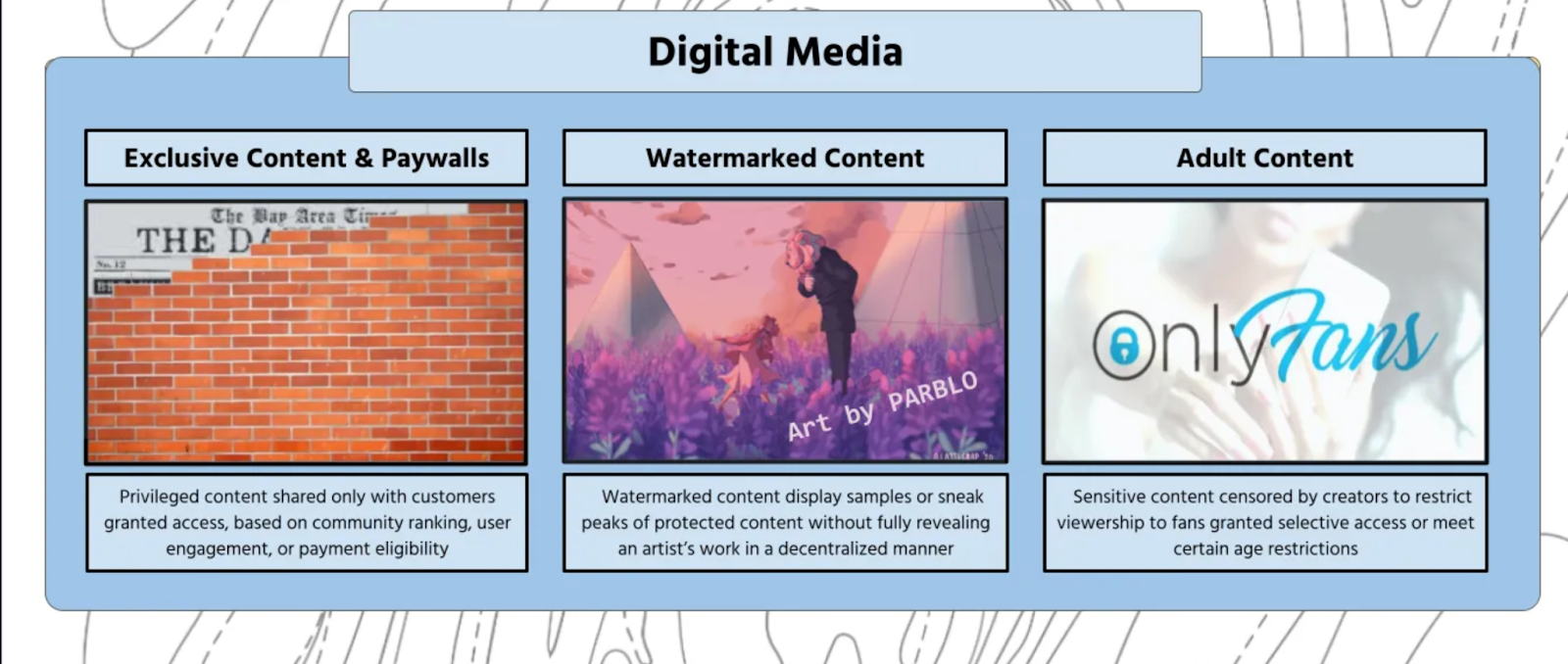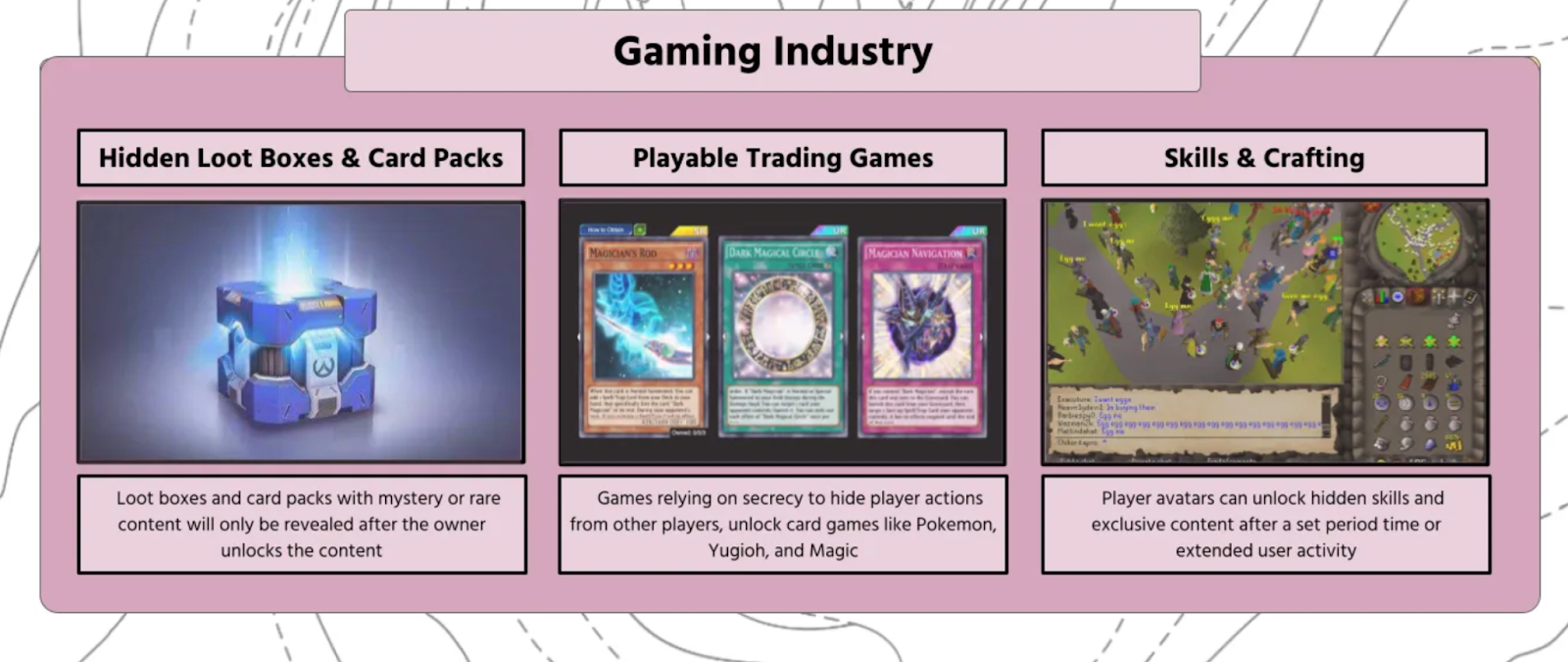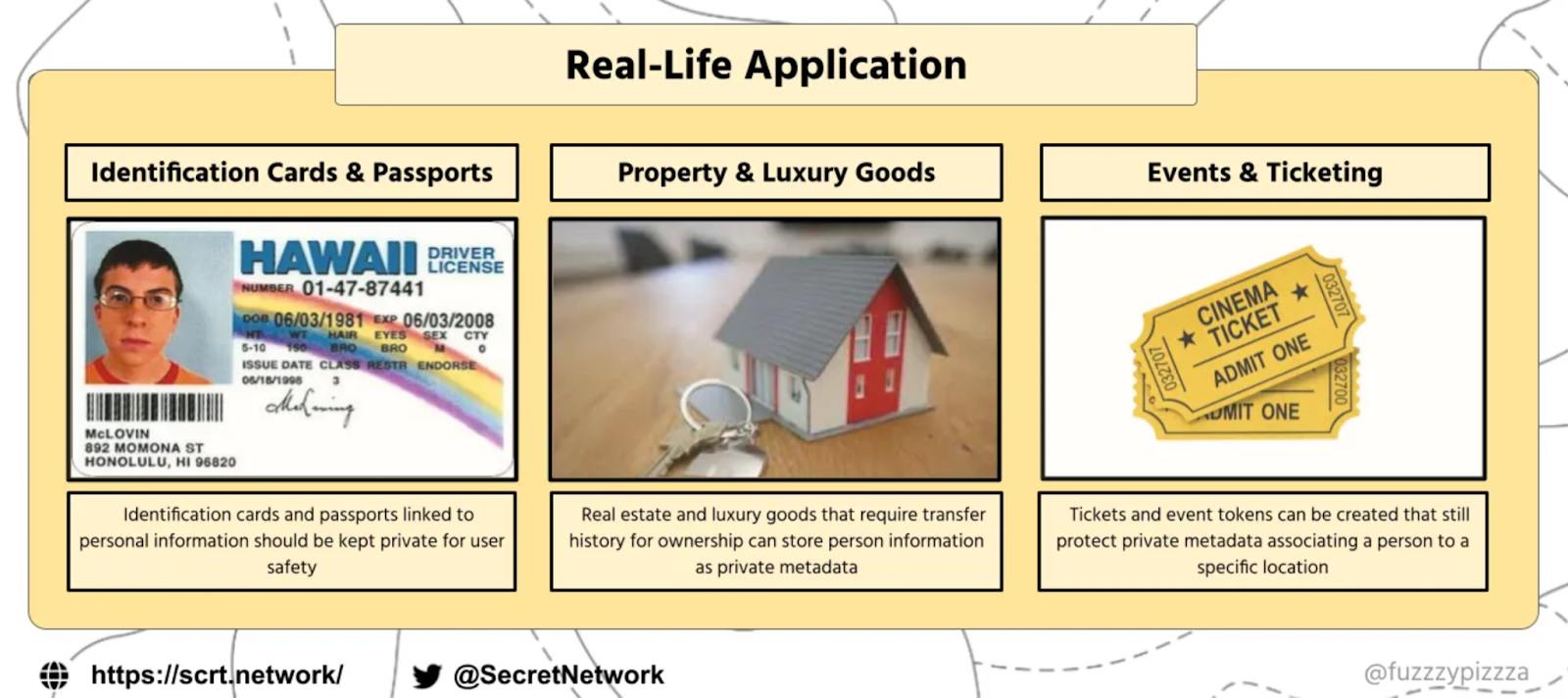Non-fungible tokens (NFTs) have exploded in popularity in recent years, becoming an essential part of the digital landscape. NFTs are a type of cryptographic token that represents a unique asset. They function as verifiable proof of authenticity and ownership within a blockchain. NFTs can represent real-world items such as artwork, real estate, property rights and individual's identities.
Despite the promise of NFTs, the public nature of the blockchain often makes it hard for buyers to feel like the true owner of their tokens. In this article, you will learn about private NFTs and how they are minted.
Public NFTs vs. Private NFTs
Private and public NFTs are two types of NFTs. By nature, they are both non-fungible, meaning that they are tokens that are non-divisible and hold their own, distinct values. The records of subsequent transactions for both private and public NFTs appear on the blockchain.
However, despite the similarities, the fundamental difference between private and public NFTs is the way in which ownership is displayed. Private NFTs allow for private ownership, ensuring assets and transactions do not need to be exposed to everyone. On the other hand, ownership and all transactions pertaining to traditional NFTs are open for everyone to see. In other words, anyone who owns a traditional NFT can be openly identified.
Private NFTs solve this problem by protecting ownership visibility with private NFTs –– the validation of fungibility happens without opening verifiability to everyone. This means that the process of validation occurs without compromising private data, including transfers and proofs of authenticity. Unlike public NFTs, private NFTs can achieve these privacy features because of the following core reasons:
Private metadata: Unlike public NFTs built on Ethereum, Binance Smart Chain, Solana or other similar platforms, private NFTs provide an optional private metadata field. This option unlocks use cases like NFT art with embedded secret links to high quality images, hidden abilities and game items.
Private ownership: Private ownership is supported by private NFTs, so all ownership and transactions can be hidden from the public.
Access control: Private NFTs allow creators to choose who has full access to their content.
At present, private NFTs are uncommon. As a result, if an individual wants to make content private, they will typically sell a public NFT that grants access to private content through a private Discord server.
How to Mint a Private NFT
Minting is the process of tokenizing a digital file with cryptography. Tokenization turns an asset into a digital token that can be stored, moved and recorded on the blockchain. While there are many NFT marketplaces where you can start minting, the following discussion will focus on the Secret Network.
What is the Secret Network?
The Secret Network is touted as the first blockchain with data privacy by default, allowing users to build and use applications that are both privacy-preserving and permissionless. This unique functionality secures applications, protects users and unlocks hundreds of new use cases for Web3.
Secret NFTs are NFTs with programmable privacy features that live on Secret Network. Unlike Ethereum and Solana NFTs that are public, Secret NFTs can be classified as private NFTs. To achieve this, the privacy aspects of Secret Network’s SNIP-20 standard used for Secret Tokens were adapted to NFTs, with a new standard called SNIP-721. The SNIP-721 standard maintains all privacy attributes of SNIP-20 while allowing assets to be non-fungible.
How do you Mint Secret NFTs?
The minting process can be broken down into five steps:
- Buy SCRT: The Binance platform supports the SCRT/USDT trading pair. To buy SCRT, place a market buy order.
- Set up Keplr Wallet: Keplr Wallet is an open-source, non-custodial wallet decentralized application (dApp) that supports all Cosmos-SDK based blockchains, including Secret Network and SCRT.
- Transfer SCRT to your Keplr Wallet: Withdraw SCRT from your chosen exchange to you Keplr Wallet Secret Network address.
- Wrap SCRT into sSCRT through Keplr Wallet: When wrapping SCRT to sSCRT, you make the tokens private. These private tokens are what you will use to mint Secret NFTs. Choose the amount of SCRT you want to convert to sSCRT and click Convert.
- Mint Secret NFTs: Finally, go to the minting website of the Secret NFT you are going to mint. Next, connect your Keplr wallet and locate and click the Mint button. It is important to note that you should only connect to minting website using official links from the project, as phishing scams are common.
How to Make NFT Art
After hearing that someone paid $69 million for a digital painting by Beeple, it is understandable why so many artists and designers are flocking to the NFT space. More and more people want to know how to make NFT art with the hope of getting rich quick or boosting their online presence as a public figure.
The first step in making NFT art is to pick the artwork. In theory, NFTs can represent any digital file. You can make an NFT of a text, a piece of music, a video or a digital painting. After all, NFTs themselves are not assets; they are a tokenized form of an underlying asset that exists on the blockchain. It is important to note that simply making an NFT won’t mean people will buy your art. As a creator you need to give the underlying asset value somehow, for example by offering access to exclusive content.
Once you’ve chosen your digital asset, determine which platform you want to use to create the NFT. If you are interested in creating a private NFT, click here for an in-depth guide for making your first secret NFT on the Secret Network.
Can NFTs on Ethereum be Private?
Generally speaking, traditional NFTs built on Ethereum do not support private ownership or private metadata (metadata is descriptive information that pinpoints your communications and other activities). The Ethereum blockchain is not privacy-first by default. However, following ERC-721, with the use of a custom mint-method and a pointer to the off-chain asset via an NFT’s metadata (for more information click here), Ethereum blockchain can allow for privacy-enabled NFTs. Effectively, this method allows NFT owners to interact with private data via off-chain data stores
What are Private NFTs Used For?
The unique attributes in Secret NFTs allow for numerous use cases as illustrated by this infographic:




Source: Secret Network
Are NFTs a Joke or Here to Stay?
Bottom line, while it is true that the majority of NFTs today will lose their value in the long run, the massive untapped potential exists within the NFT market. NFTs extend Web3 and have the ability to drive value by redistributing the power of ownership to creators and the community. These benefits include storing an individual’s medical records without compromising confidentiality or proving ownership of a piece of content or intellectual property. As the market further expands, private NFTs will continue to play an important role in improving the privacy and security of creators and collectors within the space.
Frequently Asked Questions
How do NFTs gain value?
NFTs usually gain value when the buyer and community surrounding the project believe in its potential.